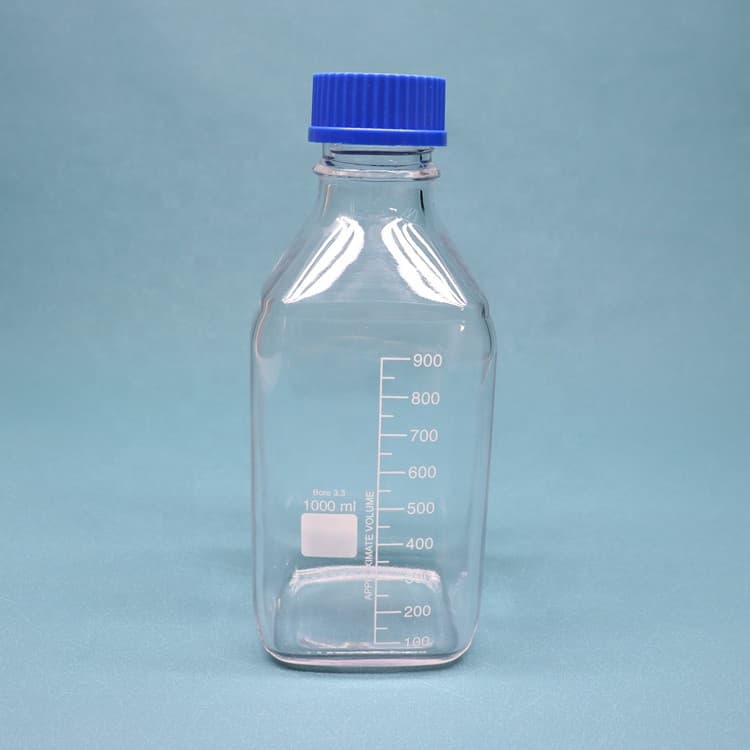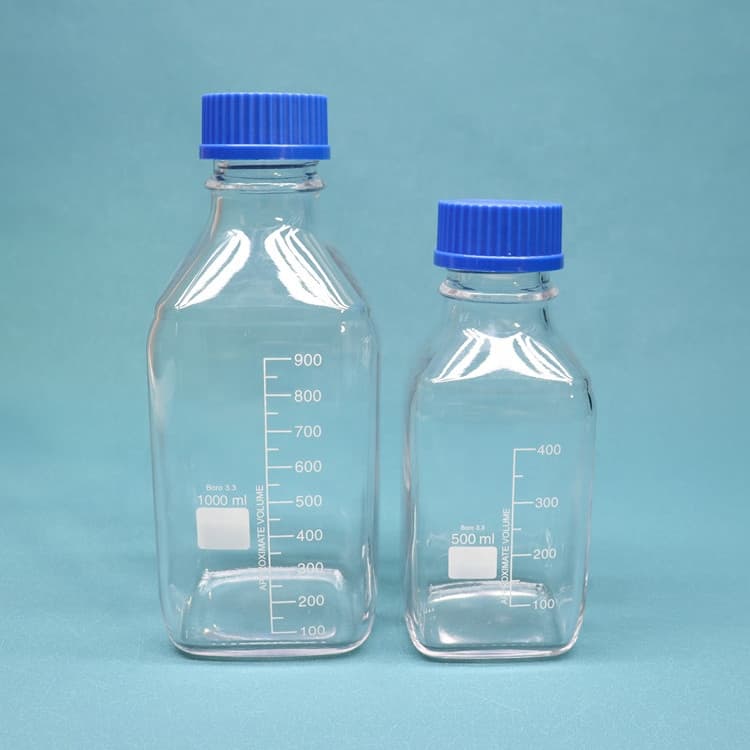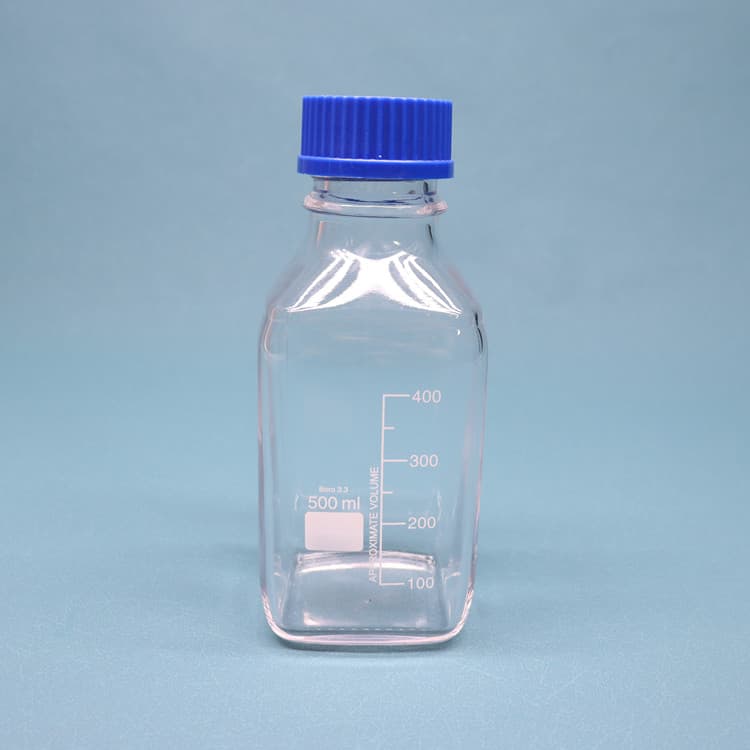



The sample diluent can adversely affect ana- lyte recovery in reversed-phase-LC separa- tions as well. To illustrate this effect, we pre- pared an analyte mixture of benzylalcohol, butyrophenone, and octanophenone—all at 1 mg/mL—in different sample solvents rang- ing from 10:90 acetonitrile/water to 100% acetonitrile.
2.29.1 Introduction. Sample preparation is the most labor-intensive and time-consuming step of sample analysis and is the most error-prone part of the process, as it contributes about 30% of the sources of errors. Effective sample preparation helps analytical chemists to cope with increasing demands in the laboratory.
the solvent. PTFE/Silicone septa are ideal for use in most HPLC and GC applications where resealability and purity are critical. Pre-slit PTFE/silicone septa Pre-slit septa are offered in many of the same formulations as for non-slit PTFE/silicone septa and shares most of the physical and chemical characteristics.
Nov 24, 2017 · Where A is the peak area of an analyte in a standard solution (in neat solvents). B is the peak area of the analyte in a sample, which does not contain the analyte and has undergone sample preparation and later spiked with the analyte at the same concentration as the standard solution. If ME ∼0%, there is no matrix effect.
ii The Chapters are further organized by sample types so that gaseous samples are first (Chapter 6) followed by liquid samples (or samples put into a liquid form) (Chapters 7-12), solid samples (Chapter 14), biological samples (nucleic
Feb 9, 2018 · Using an internal standard corrects for the loss of analyte during sample preparation and analysis provided that it is selected appropriately. After the best regression model is selected, the analytical method needs to be validated using quality control (QC) samples prepared and stored in the same temperature as intended for the study samples.
Feb 4, 2022 · The solid-phase microextraction (SPME), invented by Pawliszyn in 1989, today has a renewed and growing use and interest in the scientific community with fourteen techniques currently available on the market. The miniaturization of traditional sample preparation devices fulfills the new request of an environmental friendly analytical chemistry. The recent upswing of these solid-phase
Nov 23, 2017 · In an effort to minimize analyte oxidation, various sample preparation methods were evaluated. SPE using a different elution solution (80:17:3 DCM:iPrOH:NH 4 OH), a commonly used solvent system for the elution of basic drugs, was assessed first (Table IV). In this case, the chromatograms of extracts prepared by SPE using the DCM-based elution
Solid phase microextraction (SPME) is a solvent-free sample preparation technology. Based on the principle of adsorption or absorption and desorption, SPME uses a coated fiber or Arrow to concentrate volatile and semivolatile compounds from a sample.
Mar 15, 2022 · Low overall analyte recovery is the net result of losses that can happen for multiple reasons at all steps of sample preparation and analysis. Therefore, identifying the source(s) of analyte loss during sample preparation can help guide the optimization the bioanalysis conditions to minimize these losses. In this article we propose a practical
Jan 22, 2023 · 1.5: Calibration of Instrumental Methods. To standardize an analytical method we also must determine the analyte’s sensitivity, kA, in the following equation. where Stotal is the measured signal, CA is the analyte's concentration, and Sreag is the signal in the absence of the analyte.
Jul 3, 2020 · In addition, all the other validation parameters like recovery, accuracy, precision, linearity, sensitivity, and the preparation of low, medium and high concentration quality control samples can be assessed . The data can also be used to evaluate robustness of the method resulting from changes in the sample matrix.
A spike-and-recovery experiment is designed to assess this difference in assay response. B. Performing a Spike-and-Recovery Experiment To perform a spike-and-recovery experiment, a known amount of analyte is added to the sample matrix and standard diluent, and the two sets of responses are compared based on values calculated from a standard curve.
Jun 1, 2007 · We have compared results from the various sample preparation methods with respect to extract cleanliness, matrix effects and analyte recovery. We have compared fast and slow gradients, low and high pH mobile phases, as well as HPLC and UPLC ® chromatographic systems, with respect to matrix effects and overall method sensitivity.
Apr 9, 2020 · sample matrix for retention, which can dramatically impact analyte recovery. Consequently , careful optimization of the method is required to ensure e ff ective extraction of analytes [ 34 ].